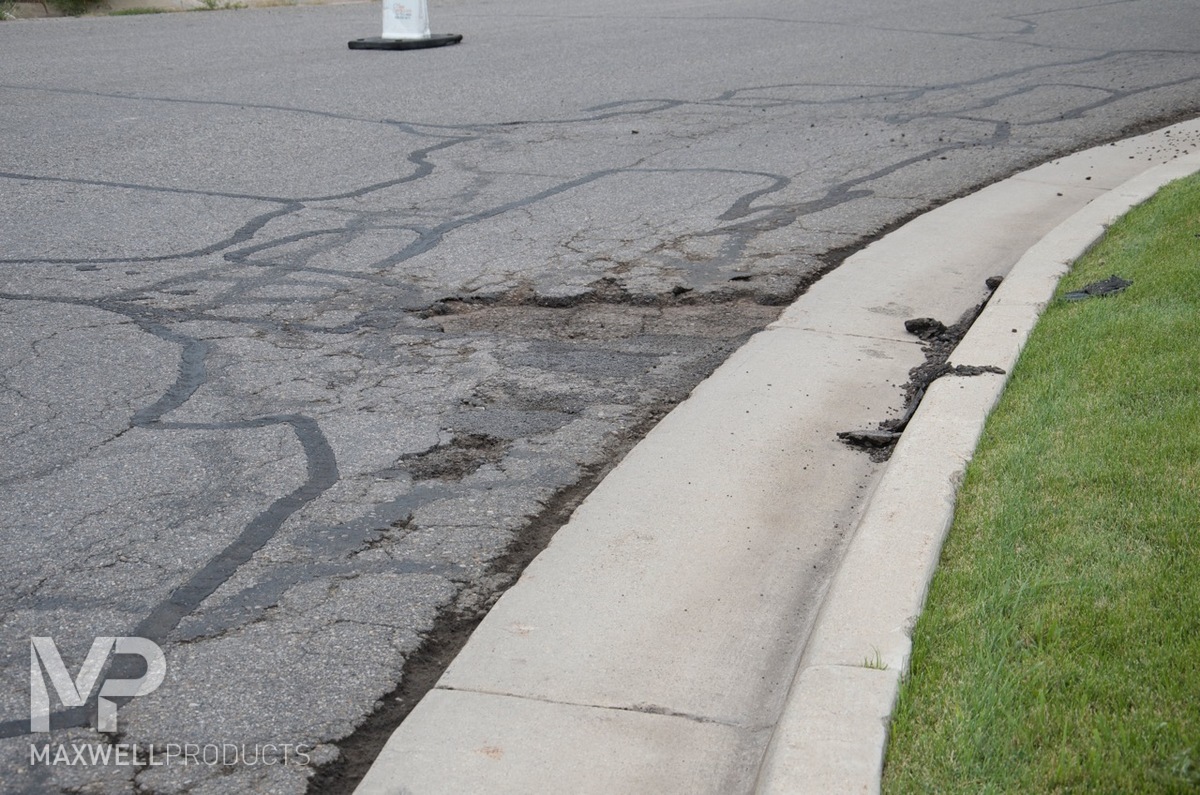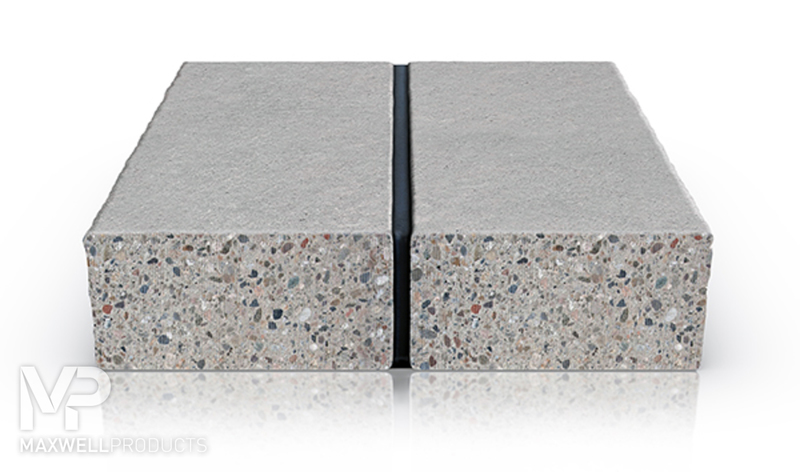Regularly sealing cracks is an essential part of any pavement maintenance program, but what do you do when crack sealing just isn’t enough? The traditional pavement preservation program leaves a gap between crack sealing and repaving, and, in terms of cost, that gap is enormous. Wide cracks, pavement fatigue, deteriorating shoulders and seams, raveling, rutting, depressions, potholes, and irregularities litter our streets and pose a serious threat to the integrity of our pavement and the traffic it supports. But Maxwell Products has closed that GAP™.
Maxwell Products introduced GAP-Mastic and GAP Patch hot-applied pavement maintenance products to address the problems too big for crack sealing and to be an effective, economical alternative to repaving. GAP-Mastic and GAP-Patch do more than just repair pavement, they upgrade it.
GAP-MASTIC AND GAP-PATCH PRODUCTS ARE:
Flexible: These materials employ a highly flexible, thermoplastic, asphalt binder. This creates a repair that moves with the surrounding pavement, not against it.
Adhesive: Proprietary inteliBondTM technology allows these products to create a solid, thermal bond with the pavement, sealing out water and ensuring a long-lasting repair.
Durable: GAP-Mastic and GAP-Patch employ high-strength, engineered aggregates, which deliver a more permanent, impact-resistant, load-bearing repair.
Convenient: Maxwell Products packages these materials in patented, industry-leading PolySkin™. This unique, fully meltable packaging solution reduces cardboard waste and improves safety and melting time.
GAP-Mastic
GAP-Mastic is a budget-saving, versatile, hot-pour solution for wide cracks, shallow cupping and depressions, fatigue cracking (alligatored areas), small voids and potholes, open seams, and more. This product is designed to bond tightly to surrounding pavement, seal out water infiltration, and handle vehicle and pedestrian traffic, snowplows, and weather so well that it’s easy to forget a problem ever existed.
Flexibility: GAP-Mastic binders have been shown in laboratory tests to typically stretch 700% before losing adhesion. GAP Mastic simultaneously accommodates thermal movement and seals out moisture.
Penetration: GAP-Mastic is less viscous than other mastics, allowing the material to penetrate deeper into cracks, crevices, and voids without bridging.
Ease of application: Because of its proprietary formulation, GAP-Mastic is easier to apply. Crews can easily manipulate, smooth, and adjust the material prior to setup.
“The GAP-Mastic material we used in late November [2016] has performed real well,” said Raymundo Elias, retired CalTrans District 4 Area Superintendent. “The results are far better than the conventional material used to seal the crack. The longitudinal, wide crack was a real problem to bicyclists and motorists traveling along Woodside Road, and it seemed to swallow anything we used to seal it. The GAP-Mastic material adhesion to the sides and the stretching capabilities of the material has kept the material in place.”
GAP-Patch
GAP-Patch is a new, robust, hot-pour solution engineered to repair large voids and potholes. This material is designed to be a stronger, more cost-effective, enduring repair, allowing crews to fix a problem once and move on.
Adhesive strength: GAP-Patch bonds firmly to surrounding pavement and remains solidly in place.
Cohesive strength: Because of the polymer-modified, thermoplastic asphalt binder, GAP-Patch materials remain bound together and don’t come apart or ravel out within days (or hours), leaving an unsightly mess of material.
Impact resistance: GAP-Patch employs high-strength, engineered aggregates that suspend well, creating a reinforced, homogeneous material. The applied product provides better traction and resists pushing, shoving, and slippage.
Flexibility: GAP-Patch binders have been shown in laboratory tests to typically stretch 500% before losing adhesion. GAP-Patch simultaneously accommodates thermal movement and seals out moisture.
“The GAP-Patch material used on Lee Road 159 is performing extremely well,” said Buzz Powell, PhD, Assistant Director and Test Track Manager at the National Center for Asphalt Technologies in Alabama. “The area has been slipping for some time; however, where GAP-Patch was applied, the material is holding the asphalt overlay together and has stopped the slippage. The surrounding area continues to slip.”
“Also on Lee Road 159, GAP-Patch was applied to an area of fatigue cracking and potholes. The pavement was removed and replaced with GAP-Patch. It is also continuing to perform exactly as promised. There is no evidence of cracking or weakness in the material provided by Maxwell Products, Inc.”
Additionally, GAP-Mastic and GAP-Patch products have helped government agencies, municipalities, and airports in Utah, California, Minnesota, Nebraska, Washington, Wisconsin, and Idaho address their pavement problems.
Maxwell Products’ GAP-Mastic and GAP-Patch are proven, reliable, and permanent solutions for pavement distress that goes far beyond simple cracking. GAP-Mastic and GAP-Patch materials greatly reduce cost, restore the pavement ride, and effect stable, durable, moisture-sealed, load-bearing repairs.



